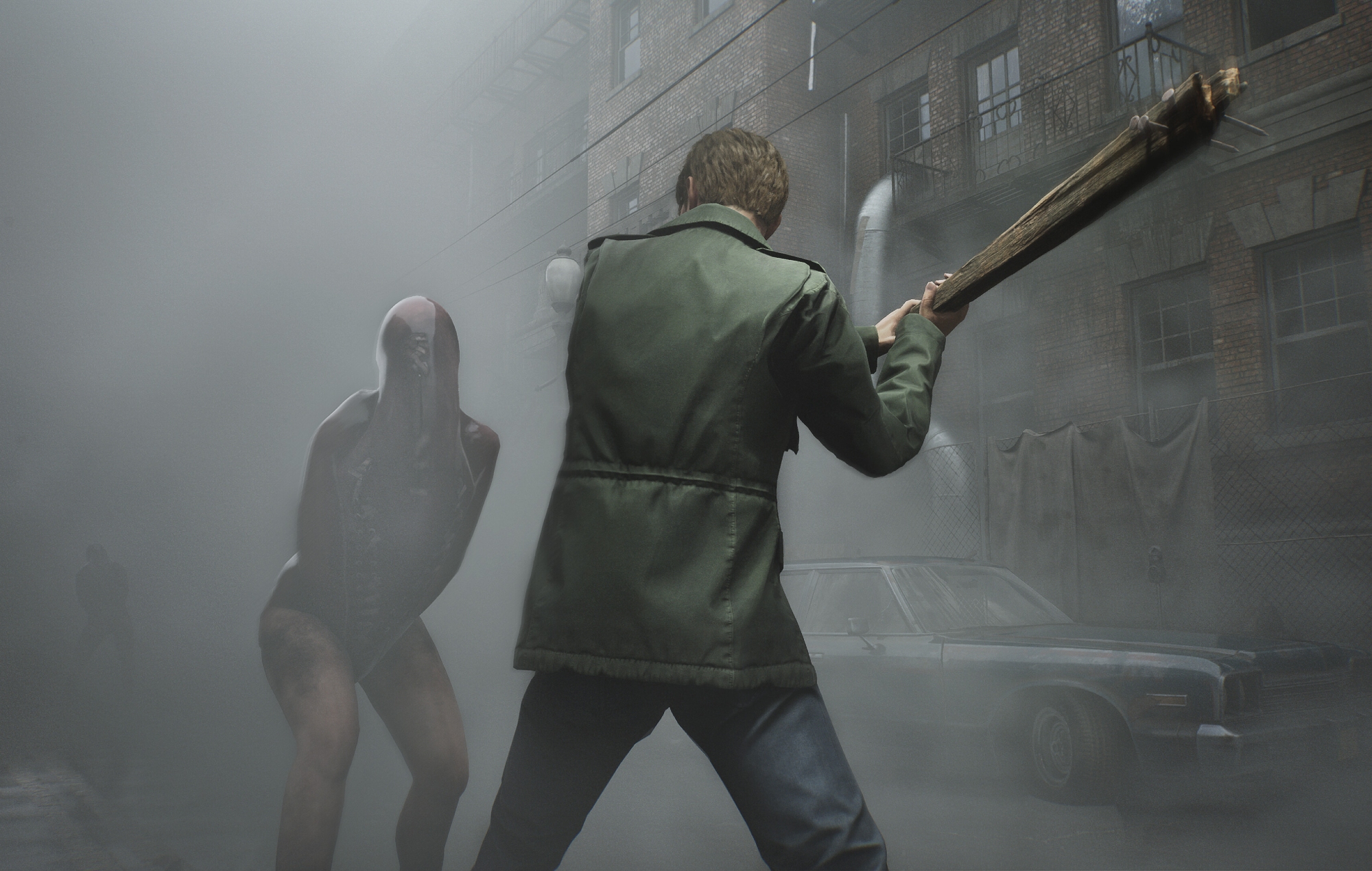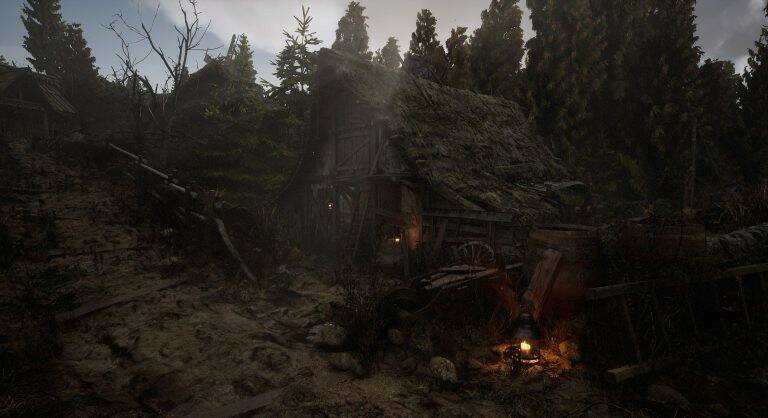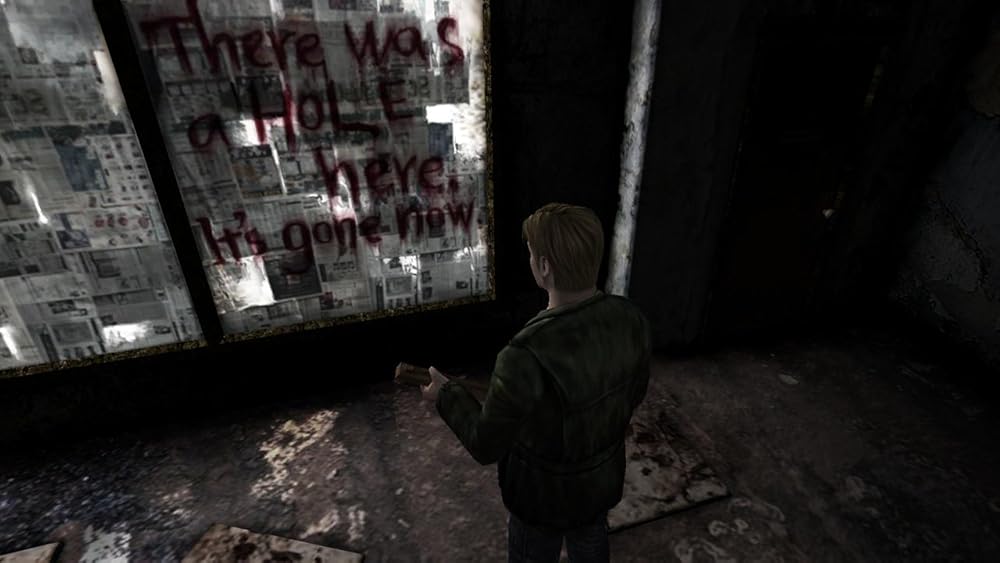Silent Hill’s Depiction of Fear and Isolation

“Silent Hill” creates a chilling sense of fear through isolation, symbolizing the personal battles each character faces. The town itself seems alive, creating a pervasive feeling of loneliness that mirrors the inner struggles of the protagonists.
Fear as a Reflection of Internal Struggles
In “Silent Hill,” fear often represents the characters’ internal conflicts and hidden traumas. The creatures and eerie atmospheres are not just terrifying but are symbolic of the protagonist’s psychological state. For example, in “Silent Hill 2,” the monsters encountered by James Sunderland reflect his guilt and grief. The game uses these creatures to embody his fears, making each enemy a tangible representation of his emotional struggles, thus intensifying the horror experience.
The Role of Isolation in Amplifying Fear
Isolation plays a critical role in “Silent Hill” by removing the characters from the comfort of the familiar. The town feels deserted, with fog-filled streets and barely any signs of normal life, enhancing the feeling of desolation. The lack of human interaction in the game mirrors the protagonist’s isolation in dealing with their personal issues alone. This absence of comfort and safety forces players to confront their fears directly, a technique that “Silent Hill” uses masterfully to create an atmosphere of dread.
The Psychological Layers of Fear in Silent Hill
Unlike traditional horror that relies on shock value, “Silent Hill” delves into a psychological horror realm that lingers with players long after they’ve stopped playing. This type of fear is subtle, more insidious, and profoundly unsettling.
Manipulation of the Player’s Senses
The game’s developers cleverly manipulate the player’s senses to create a sense of disorientation and helplessness. The thick fog limits visibility, and unsettling ambient sounds play intermittently, building an atmosphere of paranoia. Sound effects like distant footsteps, eerie music, and sudden static from the radio signal impending danger but often with no visible threat in sight. This sensory manipulation is designed to keep players constantly on edge, uncertain of what lies ahead.
The Use of Symbolism in Horror
Each creature and setting in “Silent Hill” is heavily symbolic, representing deeper fears and traumas. For example, Pyramid Head, a recurring character in “Silent Hill 2,” symbolizes punishment and guilt, directly tied to James Sunderland’s unresolved remorse. This symbolic approach allows players to feel a deeper, more personalized fear as they begin to uncover what each monster or setting represents. This technique elevates “Silent Hill” beyond simple horror, presenting players with terrifying reminders of real-life emotional turmoil.
The Role of Setting and Atmosphere in Creating Fear

The town of Silent Hill itself is a character, with its shifting landscapes and haunting environments that serve as a reflection of each protagonist’s psyche. The setting is central to establishing the game’s horror elements, immersing players in a world where fear is both external and internal.
The Fog and Darkness as Psychological Tools
The town’s signature fog and dark, dilapidated buildings create a disorienting effect, leaving players feeling lost and vulnerable. The fog is thick, limiting visibility to only a few feet ahead, which instills a constant sense of suspense. This uncertainty heightens the fear of the unknown, forcing players to proceed cautiously through each corner and alley. By using the fog as a visual barrier, “Silent Hill” capitalizes on the human fear of what cannot be seen or fully understood.
Transitioning Between Worlds
A defining characteristic of “Silent Hill” is its ability to shift between the “Normal” and “Otherworld” versions of the town. The Otherworld is a dark, twisted version of Silent Hill, where the surroundings become rusted, blood-stained, and nightmarish. This shift not only amplifies the horror but represents a descent into the subconscious fears of the characters. Each transition signals a deeper dive into the protagonist’s mind, making the player’s journey one of internal as well as external exploration.
The Influence of Fear on Character Development
Each protagonist in “Silent Hill” is confronted by their fears and forced to confront their past. This journey through fear shapes their character arcs, making “Silent Hill” as much a story of personal transformation as it is a horror game.
Facing Inner Demons
The characters in “Silent Hill” are not heroes in the traditional sense; they are flawed individuals facing unresolved issues from their pasts. The town of Silent Hill acts as a mirror, reflecting their fears and mistakes back at them. For example, Heather Mason in “Silent Hill 3” is forced to confront the traumas of her past and the horror of her origins. This internal confrontation allows players to connect with the characters on a psychological level, as each protagonist’s journey becomes a symbolic battle with their inner demons.
Growth Through Overcoming Fear
The resolution of each character’s journey is heavily tied to their ability to face their fears. James Sunderland’s story, for instance, can only end once he accepts responsibility for his actions and faces the consequences. The character’s growth is achieved through this acceptance, transforming “Silent Hill” from just a horror game into a narrative about facing guilt, grief, and forgiveness. This growth offers a satisfying conclusion to each game, resonating with players on an emotional level.
Fear as a Central Theme Insights from the Guia Silent Hill Geekzilla

The Guia Silent Hill Geekzilla provides a valuable perspective on the game’s themes of fear, especially in how they translate across different installments. It emphasizes the unique way each Silent Hill game incorporates fear as an evolving element, tailored to fit the protagonist’s background and story.
Insights on Silent Hill’s Psychological Approach to Fear
According to the Guia Silent Hill Geekzilla, the psychological horror of the series goes beyond visual scares and creates a more intimate form of fear. It discusses how the game uses fear as a tool to reveal character flaws and vulnerabilities, making the experience deeply personal. By focusing on psychological horror, “Silent Hill” sets itself apart from typical horror games, leaving a lasting impression through its introspective storytelling and exploration of mental health themes.
Evolution of Fear Across Silent Hill Installments
The Guia Silent Hill Geekzilla also highlights how each game installment explores fear in different ways, showing the versatility of the Silent Hill series in evolving its horror elements. From the personal guilt in “Silent Hill 2” to the existential dread of “Silent Hill 4,” each game presents fear in unique forms, contributing to the series’ reputation as a thought-provoking horror franchise. This evolution keeps the series fresh, with each installment exploring a new dimension of psychological horror.
Why Silent Hill’s Themes of Fear Endure
“Silent Hill” remains iconic in the horror genre for its deep, thought-provoking exploration of fear. By combining psychological horror, isolation, and rich symbolism, the series creates an experience that resonates on a personal level. For those delving into the games with guidance from the Guia Silent Hill Geekzilla, there’s an added appreciation for the intricate layers of fear woven into the storyline. As the series continues to capture audiences, its approach to fear stands as a testament to the power of storytelling in video games, showing that true horror lies not only in the external but in confronting the fears that lurk within.

